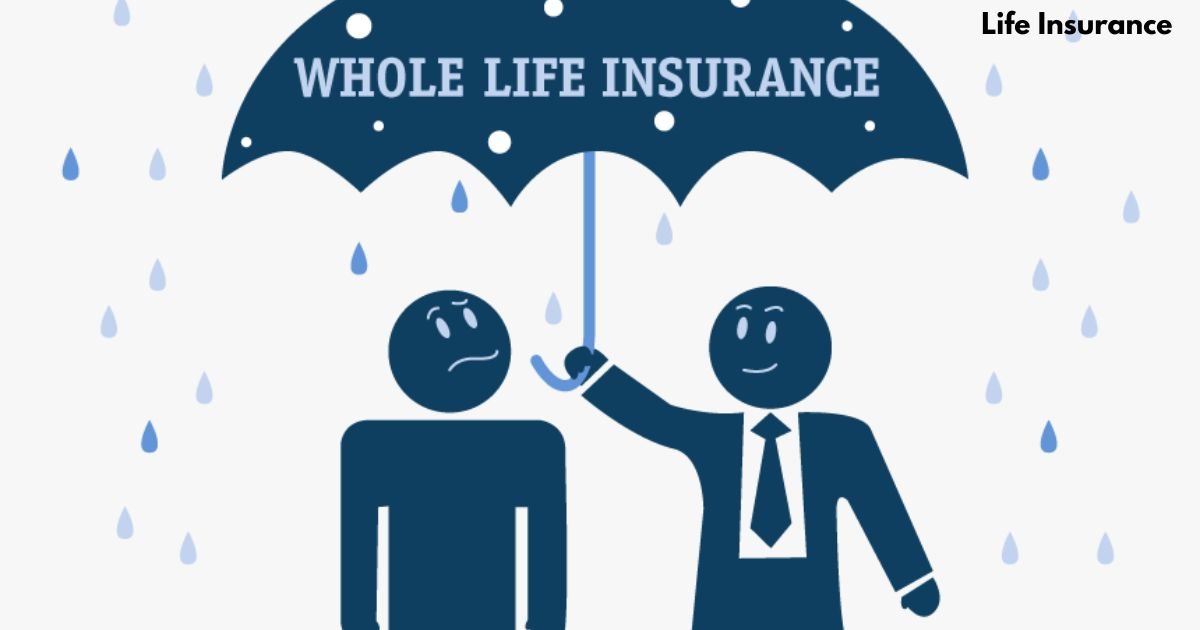Whole life insurance is often marketed as a financial safety net that guarantees lifelong coverage and builds cash value. However, what many people don’t realize is that one common mistake could cost you thousands of dollars over time. Before you lock yourself into a whole life insurance policy, you need to understand the hidden costs, potential pitfalls, and alternative options that may better serve your financial future. In this article, we’ll expose the biggest mistake people make with whole life insurance and give you actionable insights to make the best decision for your needs.
What is Whole Life Insurance?
Whole life insurance is a type of permanent life insurance that provides coverage for your entire lifetime, as long as premiums are paid. Unlike term life insurance, which expires after a set period, whole life insurance includes a cash value component that grows over time.
Key Features of Whole Life Insurance:
- Lifetime Coverage: Your beneficiaries will receive a death benefit no matter when you pass away.
- Cash Value Accumulation: A portion of your premiums is invested, growing tax-deferred over time.
- Fixed Premiums: Your monthly or annual payments remain the same throughout your life.
- Policy Loans: You can borrow against your cash value, though with interest.
The #1 Mistake That Could Cost You Thousands
Overpaying for Coverage You Don’t Need
One of the biggest mistakes people make with whole life insurance is buying a policy without fully understanding the long-term costs and alternative options. Whole life insurance can be significantly more expensive than term life insurance—often 5 to 10 times higher in premium costs for the same amount of coverage. Many policyholders end up paying far more than necessary, when a combination of term life insurance and smart investing could yield better financial results.
Why Whole Life Insurance Can Be a Bad Investment
- High Premium Costs
- A $500,000 whole life policy can cost $400-$600 per month, while a term policy for the same coverage might cost only $30-$50 per month.
- This extra money could be invested elsewhere for greater returns.
- Low Returns on Cash Value
- Whole life policies typically offer 2-4% annual returns, which is much lower than the historical 7-10% returns of stock market investments.
- You might be better off buying term life insurance and investing the difference in a retirement account.
- Surrender Charges and Fees
- If you decide to cancel your policy early, you may face high surrender charges, reducing your cash value significantly.
- Limited Access to Your Money
- If you need to borrow from your cash value, you’ll be charged interest—meaning you’re essentially paying to use your own money.
When Whole Life Insurance Might Make Sense
While whole life insurance isn’t the best choice for most people, there are some scenarios where it could be beneficial:
- Estate Planning: If you have a high net worth and want to leave a guaranteed inheritance while covering estate taxes.
- Business Succession Planning: For business owners who need a policy to fund a buy-sell agreement.
- Long-Term Wealth Transfer: If you’ve maxed out other tax-advantaged investment accounts and need a place to store wealth.
Better Alternatives to Whole Life Insurance
1. Buy Term and Invest the Difference (BTID)
- Instead of paying high whole life premiums, opt for an affordable term life policy.
- Invest the money saved into a 401(k), IRA, or index funds for higher returns.
2. Max Out Tax-Advantaged Retirement Accounts
- Prioritize contributions to Roth IRAs, 401(k)s, and HSAs before considering whole life insurance.
3. Consider a Hybrid Policy
- Some policies offer a mix of term and whole life features, allowing flexibility at a lower cost.
Conclusion
Whole life insurance is often marketed as the best way to protect your family and build wealth, but the high costs and low returns make it a poor choice for most people. The #1 mistake? Overpaying for coverage when better financial strategies exist. Before you buy, consider your financial goals, explore term life insurance, and invest wisely.
Are you considering whole life insurance? Compare your options and consult a financial advisor before making a decision!
For more information visit Whole Life Insurance
